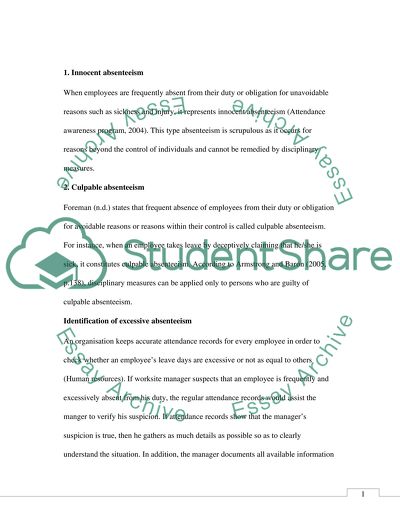Cite this document
(“Managing Employee Performance Essay Example | Topics and Well Written Essays - 2000 words”, n.d.)
Retrieved from https://studentshare.org/literature/1428798-managing-employee-performance
Retrieved from https://studentshare.org/literature/1428798-managing-employee-performance
(Managing Employee Performance Essay Example | Topics and Well Written Essays - 2000 Words)
https://studentshare.org/literature/1428798-managing-employee-performance.
https://studentshare.org/literature/1428798-managing-employee-performance.
“Managing Employee Performance Essay Example | Topics and Well Written Essays - 2000 Words”, n.d. https://studentshare.org/literature/1428798-managing-employee-performance.


